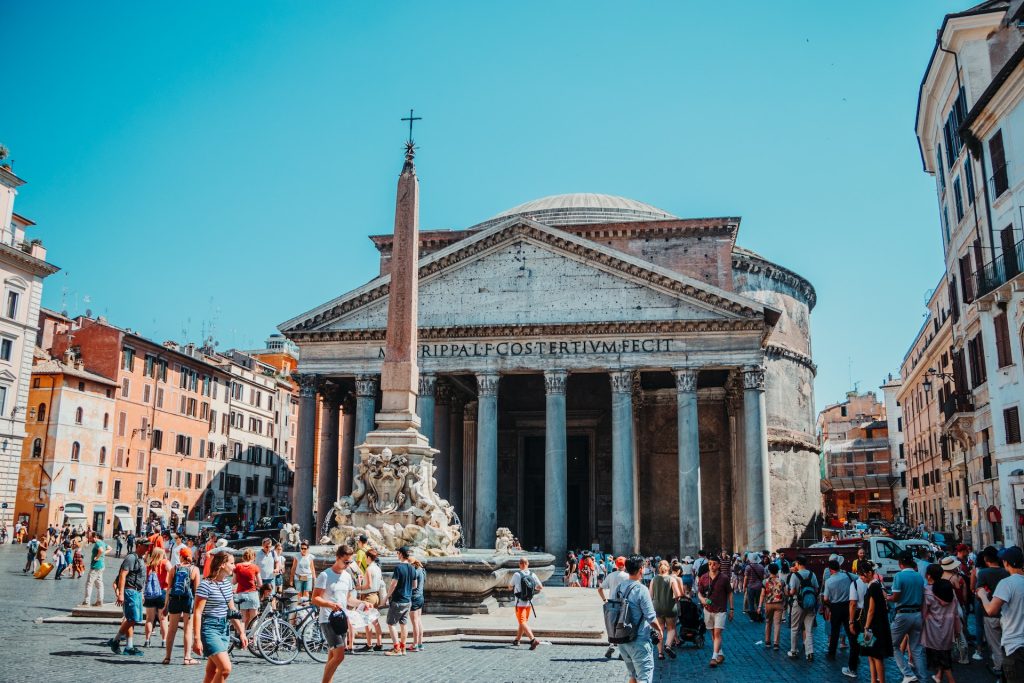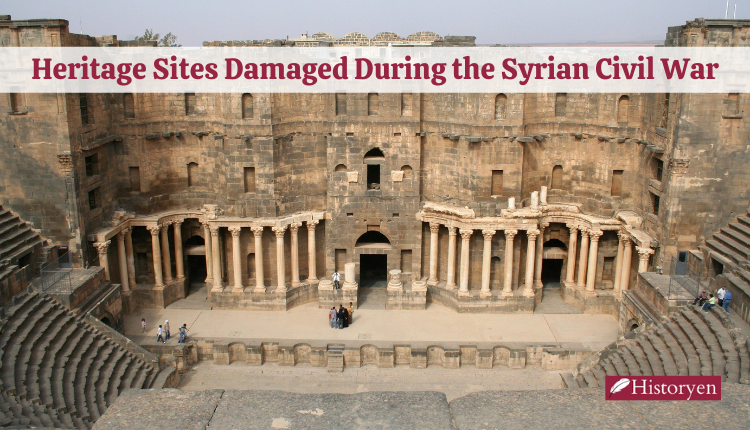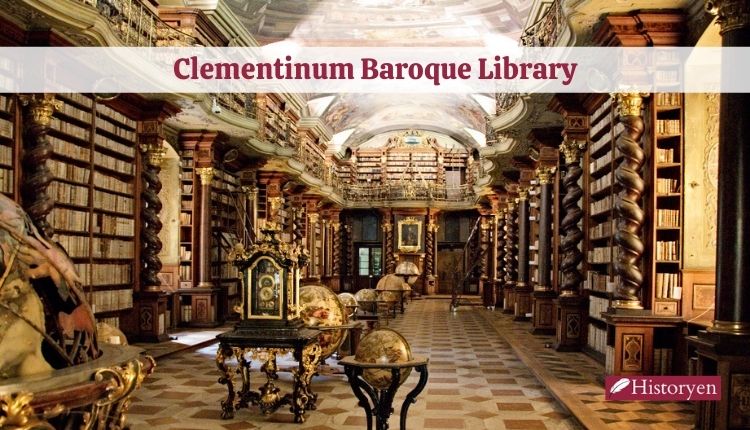In this article, we will try to give you comprehensive information about the Pantheon Rome. You can learn about the history, design, and other outstanding features of this masterpiece, which was originally built as a temple, by reading our article. You can also learn about the other structures inside the Roman Pantheon and even learn what you should pay attention to if you want to visit this historical place one day.
The Origins and History of the Pantheon Rome

The Pantheon Rome has its roots in the ancient Roman civilization, which was deeply influenced by Greek mythology and religious practices. In the early days of Rome, the Romans worshiped a multitude of gods and goddesses, each associated with different aspects of life and nature. These deities played a vital role in Roman society, guiding their beliefs, rituals, and daily activities.
The Concept of the Pantheon
The concept of the Pantheon began to take shape as the Romans sought to consolidate their diverse gods and goddesses into a unified divine entity. The term “pantheon” itself derives from the Greek words “pan,” meaning “all,” and “theos,” meaning “gods.” The Romans aimed to create a temple that would house all the significant deities revered in their pantheon.
The Construction of the Roman Pantheon
The construction of the Roman Pantheon, as we know it today, took place during the reign of Emperor Hadrian in the 2nd century AD. However, the site itself has a much older history. The original Pantheon was built by Marcus Vipsanius Agrippa in 27 BC but was destroyed in a fire in 80 AD. It was Hadrian who took the initiative to rebuild the Pantheon on the same site, ensuring its enduring legacy.
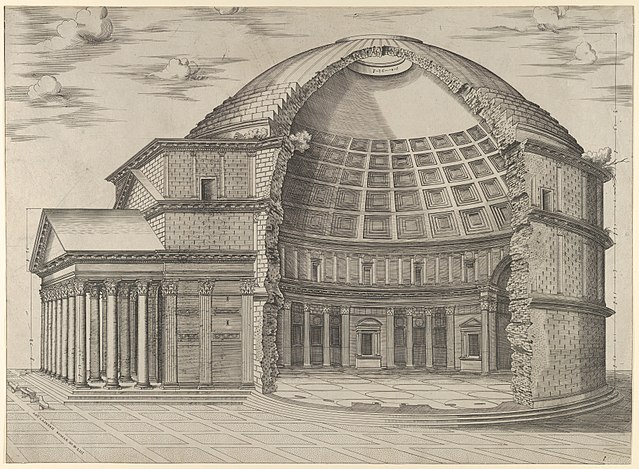
Hadrian’s vision for the new Pantheon was not only to create a place of worship but also to showcase Roman engineering expertise and artistic prowess. The temple’s construction involved careful planning and intricate architectural design, with a focus on creating a structure that would inspire awe and reverence.
Throughout its history, the Pantheon and Rome has witnessed various religious and political changes. With the rise of Christianity in the Roman Empire, the worship of pagan gods gradually declined. The Pantheon itself was converted into a church, dedicated to the Virgin Mary and all the Christian martyrs, in the 7th century AD. This conversion played a crucial role in preserving the temple from destruction or abandonment.
Architecture and Design of the Pantheon Rome
The Roman Pantheon is renowned for its remarkable architecture and innovative design. Every aspect of its construction showcases the mastery of Roman engineering and the grandeur of ancient Roman architecture. Let’s explore the key architectural features and important parts of the Pantheon:
The Massive Dome of Pantheon
The most striking feature of the Roman Pantheon is its massive dome, which is considered one of the greatest architectural achievements of the ancient world. The dome spans an impressive 43.3 meters (142 feet) in diameter, making it the largest unreinforced concrete dome ever constructed.
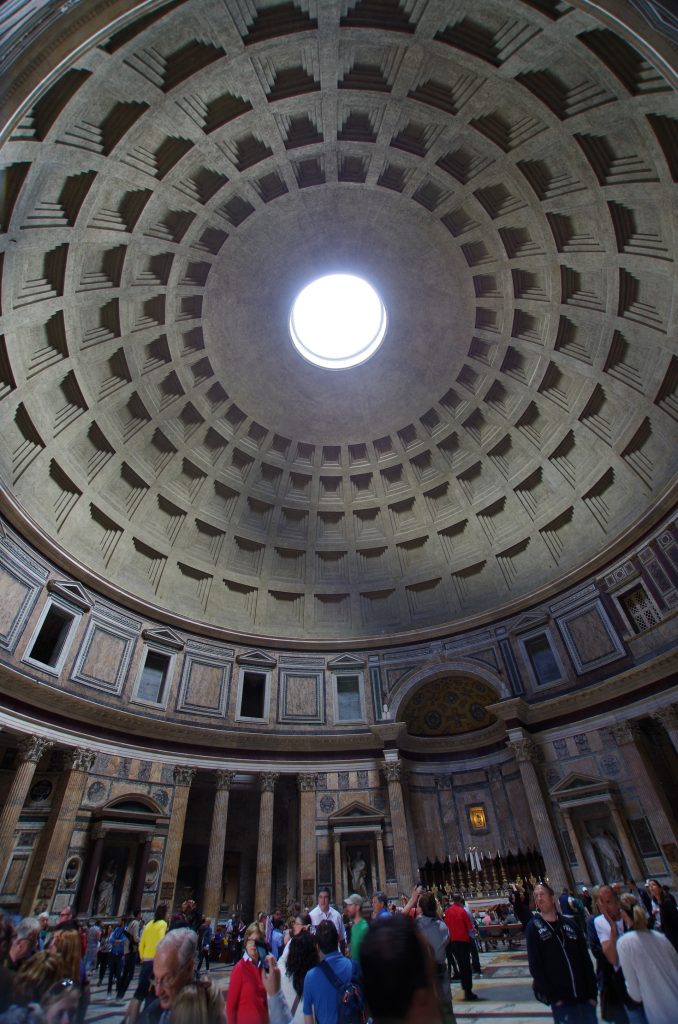
The dome’s design is a perfect hemisphere, symbolizing the heavens and the divine realm. It is constructed using lightweight volcanic pumice concrete, which reduced the overall weight of the structure. The use of progressively lighter materials towards the top of the dome allowed for stability and prevented excessive stress on the lower sections.
The Oculus: A Window to the Skies
At the very top of the dome, the Pantheon features a remarkable opening known as the Oculus. This circular opening measures 8.7 meters (28 feet) in diameter and serves as the primary source of natural light inside the temple. The Oculus, often referred to as the “eye” of the Pantheon Rome, symbolizes the connection between the earthly realm and the celestial realm.

The Oculus is not covered with any glass or other transparent material, allowing rain and other elements to enter the temple. However, a sophisticated drainage system beneath the floor efficiently channels the water out, preventing any damage to the structure.
The Portico: An Impressive Entrance
The Roman Pantheon features a grand portico at its entrance, supported by eight Corinthian columns made of granite. The portico measures 33 meters (108 feet) in width and features impressive pediments adorned with intricate sculptures.
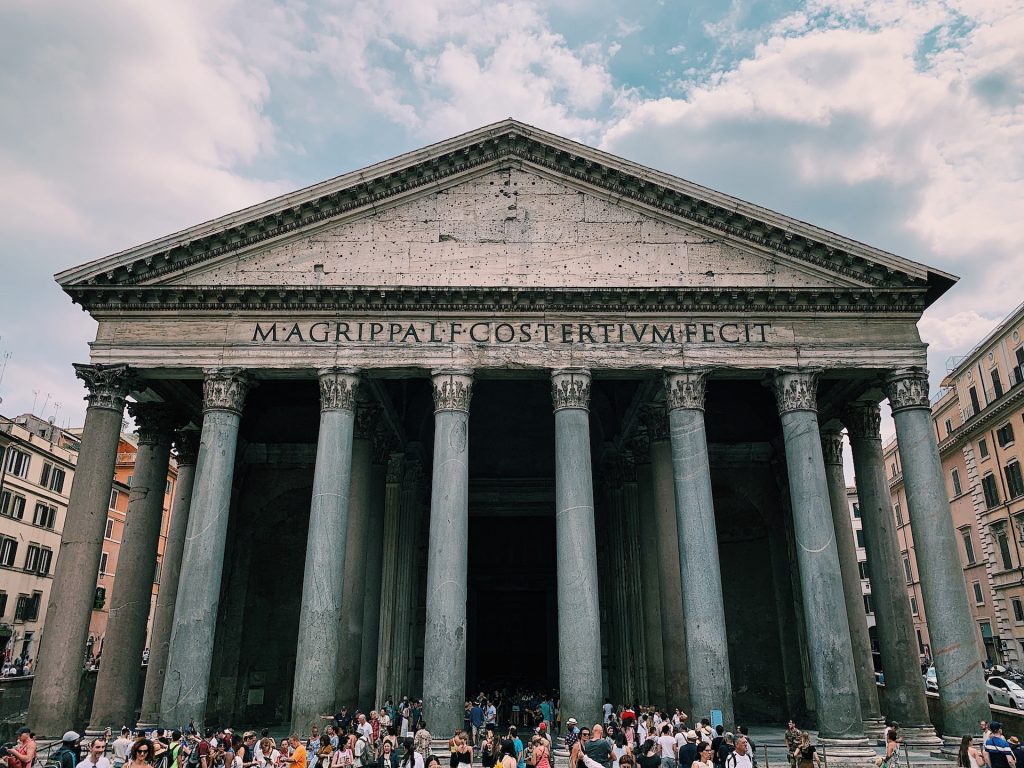
The grandeur of the portico, combined with its precise architectural proportions, creates a sense of harmony and balance. It serves as an inviting entrance to the temple, enticing visitors with its magnificence and setting the stage for the awe-inspiring experience awaiting inside.
The Interior: A Harmonious Space
Stepping inside the Pantheon reveals a meticulously designed and harmonious interior space. The circular rotunda, with its expansive dome overhead, creates a sense of vastness and tranquility. The architectural elements blend seamlessly to create a space that feels both intimate and monumental.

The walls of the interior are adorned with various types of marble, showcasing the Romans’ mastery of stonework. The floor is paved with intricate patterns of colorful marble, adding to the visual richness of the space.
The Niches: Honoring the Deities
Within the walls of the Roman Pantheon, there are several niches that once housed statues of various gods and goddesses. These niches served as focal points for worship and veneration. While many of the original statues have been lost, the niches themselves provide a glimpse into the temple’s religious significance.

The niches are meticulously designed and positioned to create a sense of balance and order. Each niche, with its architectural embellishments, contributes to the overall aesthetics and reverence of the interior space.
The Deities and Worship in the Pantheon Rome
In the Roman Pantheon, worship was centered around a diverse array of gods and goddesses from the Roman pantheon. Each deity held a specific role and domain, and their worship played a significant role in the daily lives of the ancient Romans. The Roman Pantheon provided a space where individuals could offer prayers, sacrifices, and seek divine favor from the gods.
The gods and goddesses worshipped in the Roman Pantheon represented various aspects of life, nature, and society. Jupiter, the king of the gods, was revered as the protector and guardian of Rome. Juno, his wife and sister, was the goddess of marriage and childbirth. Minerva was the goddess of wisdom and the arts, while Mars was the god of war. Venus, the goddess of love and beauty, held great importance in Roman society. These deities, along with many others, were worshipped and honored through rituals, festivals, and ceremonies held within the Pantheon.
Famous Structures Inside the Pantheon Rome
The Roman Pantheon houses several remarkable structures that add to its architectural splendor and historical significance. Each structure within the Pantheon contributes to the overall grandeur and purpose of the temple. Let’s explore some of these famous structures:
Altar of the Pantheon: Center of Worship

The Altar of the Pantheon served as the focal point for religious rituals and offerings within the temple. Located in the heart of the Pantheon, the altar was a sacred space where priests and worshippers conducted their ceremonies. The altar was intricately designed, often featuring ornate carvings and decorations, symbolizing the divine connection between the mortal and immortal realms.
Chapels and Niche Shrines: Honoring Individual Deities

Within the Roman Pantheon, there were smaller chapels and niche shrines dedicated to specific gods and goddesses. These structures provided designated spaces for the veneration of individual deities, allowing worshippers to offer prayers and tributes to their preferred gods. These chapels and shrines were adorned with statues, sculptures, and religious artifacts, creating an atmosphere of reverence and devotion.
Vestibule: Transition to the Divine
The vestibule of the Roman Pantheon served as the transitional space between the external world and the sacred interior. This area, also known as the pronaos, featured a magnificent entrance portico supported by a series of columns. The vestibule was designed to create a sense of anticipation and awe as visitors crossed the threshold and prepared to enter the divine realm of the temple.
Rotunda and Dome: Architectural Marvels

The central space of the Roman Pantheon is the rotunda, with its awe-inspiring dome overhead. The rotunda’s cylindrical shape, adorned with marble and intricate architectural details, creates a sense of harmony and tranquility. The massive dome, with its oculus at the top, allows natural light to filter into the temple, casting ethereal rays that illuminate the interior. The combination of the rotunda and dome represents the extraordinary architectural prowess of the ancient Romans.
The Influence of the Roman Pantheon in Art and Culture
The Roman Pantheon’s influence extends beyond its religious significance. It has inspired countless artists, architects, and thinkers throughout history. We explore the profound impact the Roman Pantheon has had on art, culture, and even contemporary architectural marvels.
The Decline and Preservation of the Pantheon Rome
As the Roman Empire declined, the worship of the ancient gods waned, and the Roman Pantheon faced challenges. Yet, against all odds, this architectural gem managed to survive through the ages. We examine the decline of pagan worship and the subsequent preservation of the Roman Pantheon as a cultural and historical treasure.
Visiting the Pantheon Rome Today
Visiting the Roman Pantheon is a captivating experience that allows you to immerse yourself in the rich history and architectural splendor of ancient Rome. Here’s a step-by-step guide to help you make the most of your visit:
- Plan Your Visit: Before heading to the Roman Pantheon, check the opening hours and any special events or closures. It’s advisable to visit during weekdays or non-peak hours to avoid large crowds.
- Arrival at the Pantheon: As you approach the Pantheon, take a moment to admire its magnificent facade and grand portico. The sheer size and intricate details will leave you in awe.
- Enter the Pantheon: Step through the entrance and enter the vestibule, where you’ll be greeted by the grandeur of the interior. Take a moment to appreciate the transition from the outside world to the sacred space.
- Explore the Rotunda: As you step into the rotunda, let your eyes wander across the remarkable architecture, from the marble-clad walls to the breathtaking dome overhead. Marvel at the interplay of light and shadows created by the oculus, casting an otherworldly glow within the temple.
- Observe the Altar and Niche Shrines: Move closer to the center of the Pantheon and take in the sight of the altar, the focal point of worship in ancient times. Explore the various niche shrines dedicated to specific deities, each with its unique symbolism and significance.
- Reflect and Appreciate: Find a moment to sit or stand in the serene ambiance of the Pantheon. Reflect on the history and cultural significance of this ancient temple, and appreciate the craftsmanship and ingenuity of the Romans.
- Learn from Information Displays: Look for informational displays or guided tours available within the Pantheon. These resources provide valuable insights into the temple’s history, architecture, and religious practices, enhancing your understanding of this iconic monument.
- Capture Memories: Take photographs to commemorate your visit, capturing the awe-inspiring architecture and the sense of wonder inside the Pantheon. Remember to be respectful of other visitors and any guidelines regarding photography.
- Visit Nearby Attractions: After exploring the Pantheon, take the opportunity to explore the surrounding area. Visit nearby historical sites, such as the Colosseum, Roman Forum, or Piazza Navona, to further immerse yourself in the wonders of ancient Rome.
- Reflect on the Experience: Once you’ve left the Pantheon, take a moment to reflect on the profound experience of visiting this iconic monument. Appreciate the enduring legacy of the Roman civilization and the impact it has had on art, architecture, and religion.
FAQs
The Roman Pantheon was built by Emperor Hadrian in the 2nd century AD, replacing an earlier temple.
Yes, the Roman Pantheon is open to the public and welcomes visitors who want to explore its history, architecture, and religious significance.
No, the Roman Pantheon is no longer actively used for worship. However, it is occasionally used for special religious ceremonies.
Conclusion: A Timeless Marvel Preserving Ancient Majesty
In conclusion, the Roman Pantheon stands as a timeless marvel, a testament to the ingenuity and artistic brilliance of ancient Roman civilization. With its rich history and cultural significance, the Pantheon is a place well worth a visit, offering a profound connection to our shared human heritage. This article aimed to provide a comprehensive exploration of the Roman Pantheon, delving into its origins, architecture, deities, and the experience of visiting today. By shedding light on this iconic monument, we hope to inspire readers to discover the magnificence of the Roman Pantheon firsthand and appreciate the enduring legacy of one of Rome’s greatest architectural achievements.
